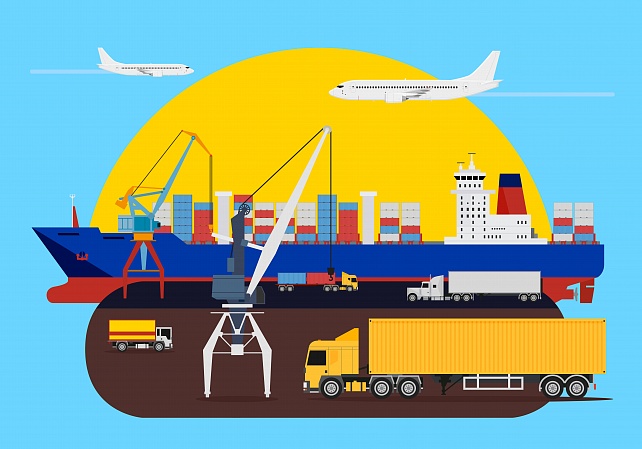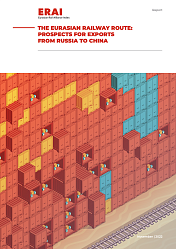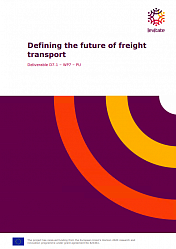Currently, there are many trends that continue shaping up the industry and we are keen to find out what you consider the most crucial topics in trans-Eurasian logistics today. Subsequently, we would like to kindly ask you to complete our short questionnaire: https://forms.gle/gZfgQhEbXGLbR6my6
Based on the questionnaire’s results we would organize a tailored online event, which will allow you to gain insights into the topics that are of interest to you. Please follow the ERAI web-portal for future updates regarding the questionnaire results and the upcoming online events.
In case you have not yet subscribed to our newsletter and updates you could do so by following the link: https://index1520.com/en/#subscribe





